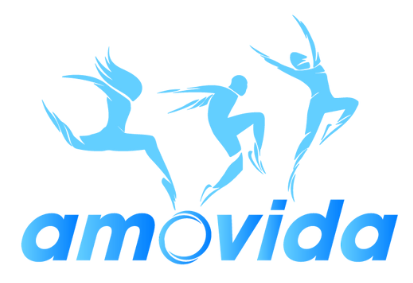Accessible Fitness: What is it and why does it matter?
-An article by Teya Humphris
If I say the word ‘accessibility’ to you, I am guessing the first thought that comes to your mind is the symbol of a wheelchair user, right? The truth is accessibility goes far beyond ramps or parking spaces, it’s about designing spaces or services for everyone to enjoy and use, including disabled people.
Unfortunately, the sport and fitness industry tends not to provide the best support for people with disabilities. As a disabled personal trainer, I am passionate about changing that and making fitness accessible for my clients. But what does that really mean? Here are some of the common misconceptions I hear and what accessible fitness really looks like.
“I’m not disabled, so accessibility doesn’t affect me.” Actually, it affects EVERYONE. We all have access needs and they can change throughout our lifetime, either through temporary circumstances, such as injury or illness, or permanent ones like getting older, developing chronic health conditions, or yes, becoming disabled.
“Accessible fitness just means the exercises are easy.” Absolutely not! We all have movements we find manageable, and those that are our nemeses (burpees, I’m looking at you). As a personal trainer, my role is to tailor sessions to the individual to create the appropriate level of challenge for them and their goals, and this is the same for my disabled and non-disabled clients alike.
“If the workout is seated then it’s accessible.” Seated workouts are a fantastic option for some people, but with such a wide range of access needs to consider, there are lots of other ways we can adapt workouts. This could mean providing support for balance, avoiding certain movements or impact levels, or even making environmental changes such as keeping music or surrounding noise to a minimum.
“Exercise for disabled people is about ‘minimising’ their disability.” We all exercise for different reasons - to stay fit and active, to improve performance in a sport, to manage stress…the list goes on. This is no different for disabled people. And yet, too often we see exercise being centred around the problematic idea of ‘fixing’ someone’s movement and becoming a series of physio exercises that aren’t linked to the individual’s goals. Making fitness accessible means offering the same service to everyone: workouts that are specific to someone’s goals in a way that is meaningful and enjoyable for them.
In short, making fitness accessible is about offering the same level of tailoredsupport for every person, their goals, and their needs. Something I’m sure we can all get behind!
